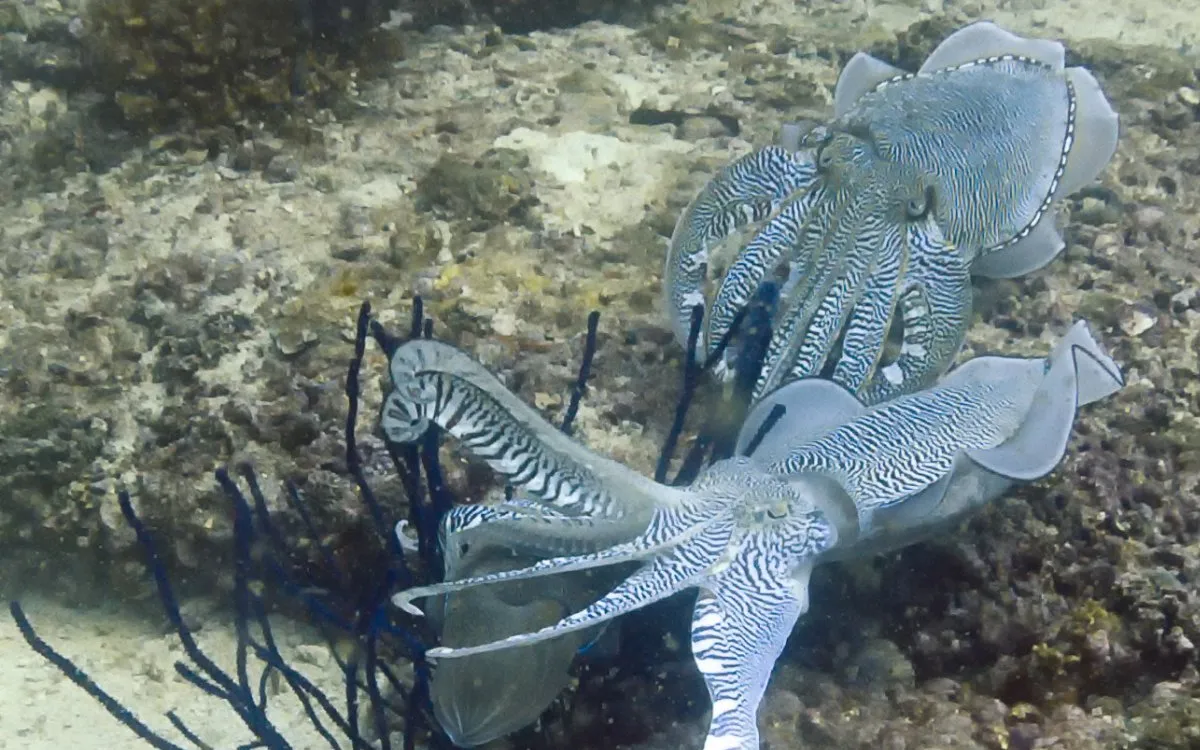
Recent research has unveiled an astonishing new behavior exhibited by cuttlefish: they are capable of waving to one another using their tentacles. This previously unobserved behavior challenges our understanding of the cognitive abilities of these remarkable creatures. Often dubbed the “chameleons of the sea,” cuttlefish are best known for their extraordinary camouflage skills, but this new finding suggests they possess an even greater level of sophistication in their communication methods.
Cuttlefish are part of the cephalopod family, which includes other intelligent species like octopuses. Their ability to change color has long been recognized as a form of communication among cephalopods. However, the discovery of the cuttlefish's waving behavior adds a new dimension to their already impressive intelligence. This new behavior opens up exciting opportunities for researchers to explore how cuttlefish communicate, particularly with the aid of machine learning techniques.
The study, not yet peer-reviewed and available on the preprint server bioRxiv, focused on two species of cuttlefish: S. officinalis and S. bandensis. Researchers observed four distinct arm movements: “up,” “side,” “roll,” and “crown.” They recorded videos of cuttlefish performing these movements and played the footage back to them. Remarkably, the cuttlefish responded by waving back, indicating a level of social interaction previously unrecognized.
Interestingly, when the researchers flipped the video during playback, the cuttlefish displayed a preference for waving when the video was oriented upright. This suggests a level of visual recognition and contextual awareness. The meanings behind these arm waves, however, remain uncertain. Researchers propose that these gestures could signify domination, as other cuttlefish often withdrew after a wave. Alternatively, they might serve as courtship displays or even reflect the mood of the animals.
Beyond their visual appeal, the arm waves produced by cuttlefish generate mechanical waves in the water, potentially allowing for communication even when the animals cannot see one another. The researchers hypothesized that cuttlefish might also perceive these movements through mechanoreception, adding another layer of complexity to their communication. Preliminary evidence suggests that these arm wave signals may function as multimodal signals, incorporating both visual and mechanical elements.
Cuttlefish are known for their impressive cognitive skills. Previous studies have shown that they can wait for a reward, indicating an ability to plan for the future—a trait once thought to be exclusive to mammals and birds. The research team, led by first author Sophie Cohen-Bodénès from the Perceptual Systems Laboratory at the École Normale Supérieure (ENS) in France, aims to utilize machine learning algorithms to analyze the variations in cuttlefish arm signals in response to different stimuli.
This groundbreaking research highlights the enigmatic nature of cuttlefish intelligence and behavior. By studying these creatures further, scientists hope to uncover more secrets about their communication methods and overall cognitive abilities. Just as researchers have made significant strides in understanding the communication patterns of sperm whales, similar methods could reveal more about the fascinating world of cuttlefish.
As we continue to explore the depths of cuttlefish intelligence, this recent discovery underscores the complexity of marine life and the need for further investigation into the cognitive capabilities of these extraordinary animals.